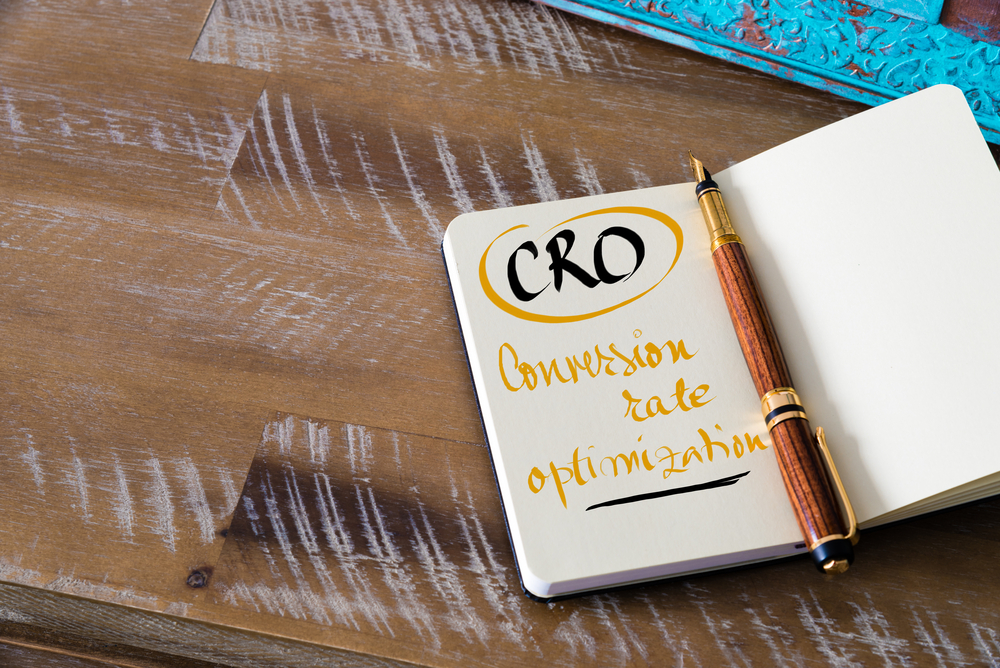If you want your online business to succeed, it’s important to understand the concepts behind conversion optimization, a method that aims to increase a website’s conversion rate. This knowledge will help you figure out how many visitors you’re turning into leads, customers, or reps.
Conversion Rate:
Your website’s conversion rate measures how many visitors take the action your content encourages them to take. Obviously, that action is going to depend on what your goals are for a certain site or page. For example, one website might be aimed at getting free leads, while another might be aimed at selling a software product.
Here are just a few examples of actions that an online business owner might want their visitors to take:
- Buying a product
- Signing up for an e-mail list
- Registering for site membership
- Downloading an e-book
With that in mind, the formula for conversion rate is as follows:
Conversion rate = number of goal achievements ÷ visits
The average conversion rate is often considered somewhere between 2 and 5%. Don’t get too attached to this estimate, however, because many factors affect a website’s conversion rate. Some industries have higher average conversion rates than others, for example. The conversion rate also varies depending on the website’s goal. For instance, you can expect more people to give their e-mail addresses out in exchange for a free e-book than to buy an expensive product. Naturally, a website will also enjoy a better conversion rate if it is designed better, which leads nicely into conversion optimization.
Conversion Optimization:
Conversion optimization is the method used to increase a website’s conversion rate. It is also known as conversion rate optimization (CRO). Conversion optimization provides a way to get more leads or sales from a website without increasing the amount spent on bringing in traffic. Testing is a big part of conversion optimization. This comes down to changing various elements of a website or landing page to check how that affects the conversion rate.
Some online business owners spend significant amounts of time and money researching their target market and crafting an experience just for these visitors, then test for results. However, online business owners who can’t or don’t want to make that kind of investment should still test based on what they already have.
One simple, common, and helpful type of testing used in conversion optimization is called A/B testing, or split testing. This method can be used to make changes to a webpage, or even an entire website.
To do this for a lead capture page, for example, make multiple versions of that page with just one element tweaked. Bring a significant amount of traffic to them, then check which one achieved the most sign-ups. After doing this enough times, you would be able to pinpoint the most effective elements to use on the final version of the site or page.
Conversion Rate and Conversion Optimization: Summary
Your conversion rate measures how many visitors do what your content is designed to encourage them to do, like buy a product or sign up for a newsletter, as a percentage. Although a lot of factors affect your conversion rate, it’s possible to increase this percentage using conversion optimization strategies, many of which involve testing what’s on your website or webpage. One commonly-used type of conversion optimization testing is A/B testing, which involves creating two different versions of the same website or webpage to see which one is better at getting visitors to take a desired action.
One last thing: remember that conversion optimization isn’t just something you do for one month, then forget about. You must keep improving your websites regularly, just like your competitors are doing.

